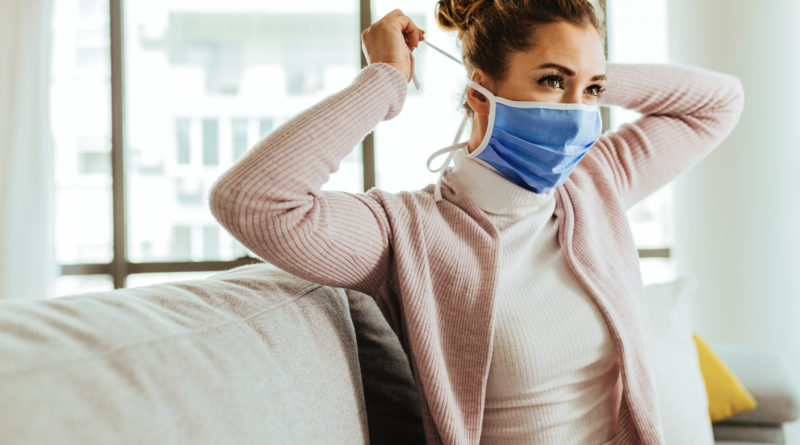What the CDC’s Mask Guidance Really Means
32,709 total views, 1 views today
On May 13, the Centers for Disease Control and Prevention (CDC) announced that fully vaccinated people won’t need to wear a mask or social distance under certain conditions. However, this new mask guidance has confused some people. If you’re wondering who needs to wear a mask, below, discover what the CDC’s mask guidance really means.
The CDC firmly believes the vaccine is highly effective
The CDC has announced its firm belief that COVID-19 vaccines are effective. A new CDC study published has shown that the two popular mRNA vaccines, Moderna and Pfizer-BioNTech, can reduce the risk of getting sick with COVID-19 by 94 percent.
In the study, there were 1,843 participants (including 623 cases and 1,220 controls). The study examined the vaccination status of the participants who tested positive for SARS-CoV-2, which is the virus that causes COVID-19. It then compared the data to the vaccination status of the people who tested negative for the virus to determine the aforementioned 94 percent success rate.
The pandemic isn’t over yet
Although COVID-19 vaccines are highly effective, they don’t completely protect you from the virus. For example, on May 13, the MLB and the New York Yankees announced that eight fully vaccinated members of the team tested positive for COVID-19. Five days later, a ninth member of the Yankees was infected by the virus. However, seven of these baseball players had asymptomatic breakthrough cases. The other two members had mild symptoms.
Acknowledging that COVID-19 can still pose a threat, the CDC has announced that fully vaccinated people must wear a mask and socially distance in places required by local, state, tribal, federal, and territorial law. Additionally, fully vaccinated people must follow mask guidelines in local businesses and workplaces.
You can reasonably and safely go on vacation
If you’re traveling within the United States or internationally, the CDC suggests that fully vaccinated people wear a face mask and practice social distancing. International travel, though, remains ill-advised. Additionally, for domestic travel, quarantining afterward is not necessary for vaccinated people.
You will still need to wear masks on public transit
The Transportation Security Administration (TSA) has extended its face mask requirement for trains, commuter rail systems, airports, airplanes, and other modes of transportation until September 13. If you’re flying, that means your mask must remain on from the time you enter your departing airport until you leave your arriving airport. Be sure to eat and drink beforehand since you can’t with your mask on.
Wear a mask to be safe around unvaccinated people
Many people are excited about the CDC’s new guidelines, but it may be better to be cautious and continue to regularly wear a mask in indoor public spaces. Some health experts are wary about the CDC’s updated mask guidelines. One health expert said she believed it’s too soon to announce that people won’t always need to wear a mask. Another health expert said he was not going to follow the guidelines and continue to wear face masks indoors.
In certain places, you might get asked about your vaccination status. You may also feel inclined to ask someone about their vaccination status so you can feel comfortable not wearing a mask. However, asking someone their vaccination status is considered by some to be an invasion of medical privacy. If you remain uncertain whether you’re safe around certain people or in certain spaces, it’s better to be safe and wear a mask.

